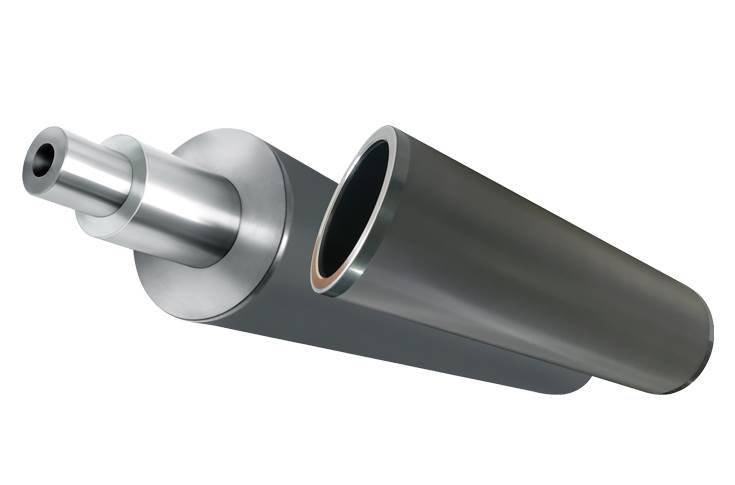Anilox rollers require regular cleaning to remain functional and reliable. Several methods of anilox roller cleaning rollers are available, including soda blasting, Glu-B-Gon, and Rejuvenator. Listed below are the benefits of each technique.
Soda blasting
Anilox rollers can be difficult to clean because they collect coating material and residual ink that is not easily removed. For effective cleaning, it is necessary to remove tough deposits with soda blasting. This process uses a nuanced, air-blasted baking soda media that penetrates the roller’s cells. This helps break up the offending material without damaging the surface. In addition, baking soda as an anilox roll cleaner is non-toxic and has an indefinite shelf life when stored properly.
Soda blasting is famous for cleaning anilox rolls. It involves blasting the rolls with bicarbonate of soda, which helps break down dried ink. Unfortunately, the method also requires electrically-powered spinning wheels to remove the cleaning material. Therefore, a soda blasting process is not suitable for cleaning anilox rollers. However, specialized solutions can effectively clean them without soda blasting if they are heavily contaminated.
Rejuvenator
One of the most common methods of anilox roller cleaning is laser cleaning. Lasers work by vaporizing harsh residues on anilox surfaces. Because laser cleaning is non-chemical, it’s safe to use inline. It can remove chemical-resistant inks and coatings. This method produces no waste stream or consumables. However, the initial capital investment for a laser cleaning system is high.
Rejuvenator Gel is available in various sizes to fit every anilox need. Available in 5lb tubs or 20 oz bottles, Rejuvenator Gel is ideal for cleaning anilox. The high concentration prevents the product from running off the rolls. As a result, it can clean all types of anilox surfaces without leaving residues, even heavy dried-in ink. It also works well on all hard surfaces.
Eliminator
An anilox roller cleaning solution is available at most workstations, but there is a problem: It gives good results, nor is it easy to use. Anilox roller cleaner is often sprayed on the roll and must be scrubbed for several minutes. In addition, an anilox roller cleaner is expensive, and it can be hard to find a solution for your anilox rolls that work as well as the Eliminator.
The Eliminator method of anilox roller cleaning uses a doctor blade in contact with the peripheral surface of the anilox roller. In addition to the doctor blade, the Eliminator cleaning blade 113 makes contact with the cleaning roller 105. It has a constant contact pressure with the rollers, and the spring-urging force of the blade varies with the contact pressure. As shown in FIGS. 8 and 9, the doctor blade 109 makes contact with the peripheral surface of the anilox roller 104.
Glu-B-Gon
Anilox rolls are critical to the printing process. They play an essential role in achieving accurate color and density. However, too However, too much pressure can ruin the the anilox surface, causing scoring lines or undue stress. Luckily, several effective methods for anilox roller cleaning, including the Glu-B-Gon process. Read on to learn how to clean your anilox rolls properly.
The Glu-B-Gon anilox roller cleaning system uses ultrasound waves to activate the cavitation process. This creates gas bubbles that implode on the anilox roller’s surface, killing any contamination. The process typically takes about 20 to 30 minutes. And because there are no chemicals involved, this method is safe to use in line with other techniques and equipment.
Erazor sponges
Anilox cleaning is a critical step in maintaining a high-quality printing press. Even tiny particles of residue or ink can ruin a run, forcing repeat runs. Dirty presses can also damage the machinery, as new rolls are expensive and often impossible to find. To clean anilox rollers, use an acidic cleaning solution called Eliminator. It is mild on ceramic and chrome surfaces. The E-Razor sponge is designed to apply the cleaning solution to the roll. Once the solution is applied, the user must wipe away the residue using the sponge.
Anilox roller cleaning is crucial to maintain a high-quality print, so you’ll need to perform daily or weekly deep cleanings. Without proper cleaning, residue can build up in anilox roll cells, causing imprints and poor quality. Cleaning anilox requires specialized equipment. In addition, many printers send their rolls for reconditioning.

